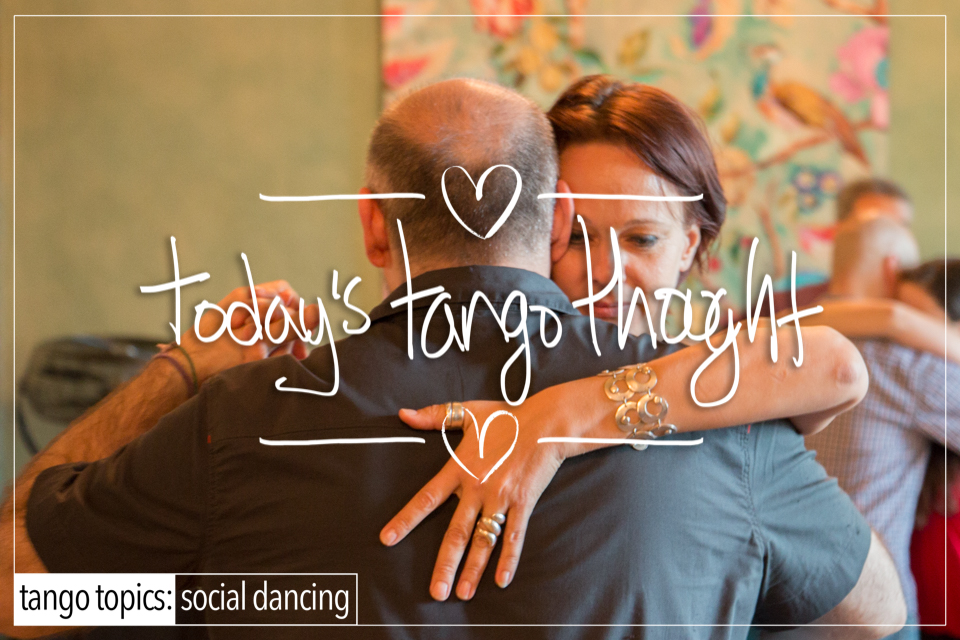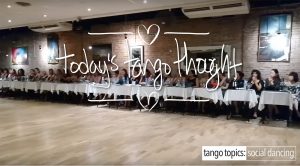What you’re about to read is a very radical concept for some people, one that will cause you to reject it out of hand, until you dig a little deeper and discover the why part. So radical in fact that you’ll dismiss it as the crackpot rantings of a delusional madman who’s delivering ‘alternative facts’ in Conway fashion.
The statement ? There is no such thing as ‘Musicality’ in Argentine Tango.
To be clear. Yes, there is a word in the English Oxford Dictionary which is defined as “Musical Talent or Sensitivity”. However, as you can see, with regards to Argentine Tango, one thing does not mean what it has come to mean when we reference this word. Essentially we have bastardized this word to come to mean something entirely different than it’s English dictionary cognate.
So what do we really mean ? “To place Argentine Tango vocabulary, sequences, patterns, and figures, in time to the musical beat, pauses, and phrases of a particular song so as to create, or convey another level of meaning of the song that is either not in the song literal or is implied directly in its emotional context”.
Hmmmm…does that sound like ‘Musicality’ to you ? Or perhaps something else…
Enter, the literal definition of the word ‘Interpretation’ which means, “the action of explaining the meaning of something.” or “a stylistic representation of a creative work”.
Hmmmmm….gosh, doesn’t that sound more like the definition of ‘Musicality’ than anything else ?
So what we’re really doing is actually ‘Interpreting The Music’. How’s that ? If you consider for a moment that when you are dancing, regardless of level, you are constantly listening to what’s happening in the music, making navigational changes (regardless of role), which in turn affect your vocabulary/patterns/steps/figure choices, which in turn affects how and when you can execute anything. That entire process of affectation is Interpretation.
You’re going to ask yourself, “Who the frak cares if it’s ‘interpretation’ or ‘musicality’ ? It all means the same thing, right ? Well, actually, you should. Here’s why: When you stop and think about it, when you’re talking to someone and use the word ‘Musicality’, what do you think comes to their mind ? Any one of a dozen different ideas ranging from its literal definition above, to possible vocabulary choices, or a specific figure, or dancing milonga, or, or, or….you see where this is going right ? Lots and lots of places for confusion. Instead, if we employ the phrase “Interpreting The Music” it creates a state of absolute clarity with your language and what you intend to mean. Further still, it also gives you creative license to keep doing what you’re doing because you’re ‘Interpreting The Music’ the way you hear it. Stating ‘Musicality’ as ‘Interpretation’ removes all doubt of your intent. This is why there is a need to be crystal clear with our verbiage/language here. When describing what we’re working on, or what we want to work on, or how we would like to dance, or describing a problem that we’re having, wouldn’t it be better to be precise than to be vague ?











